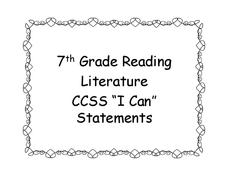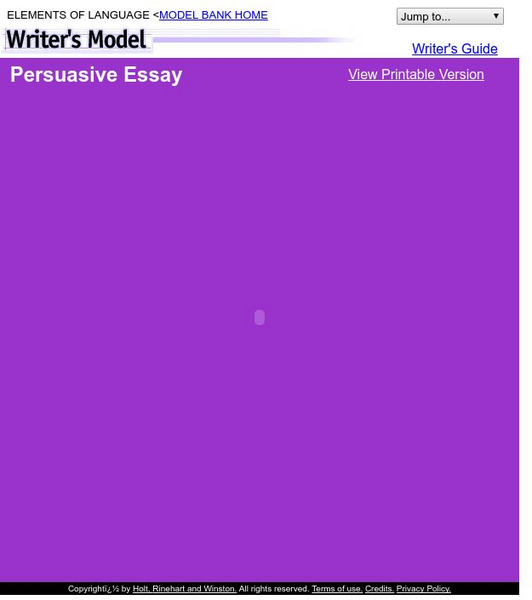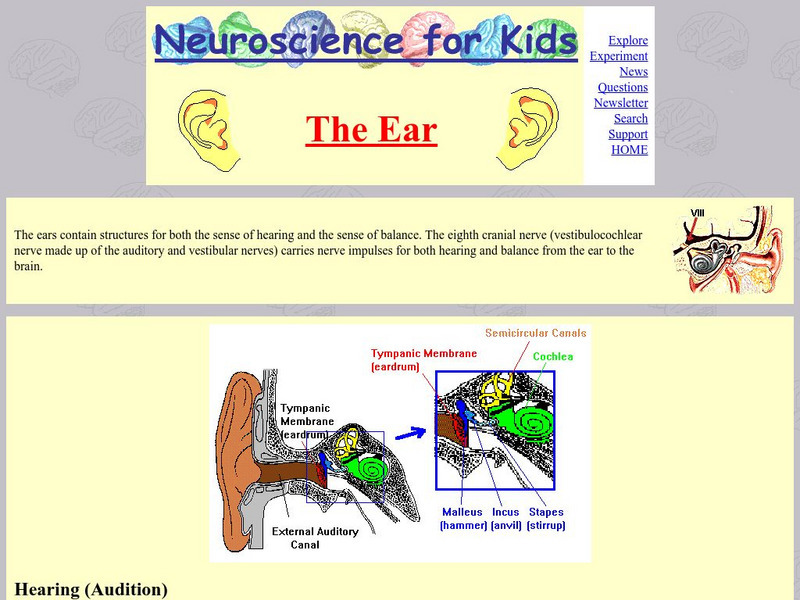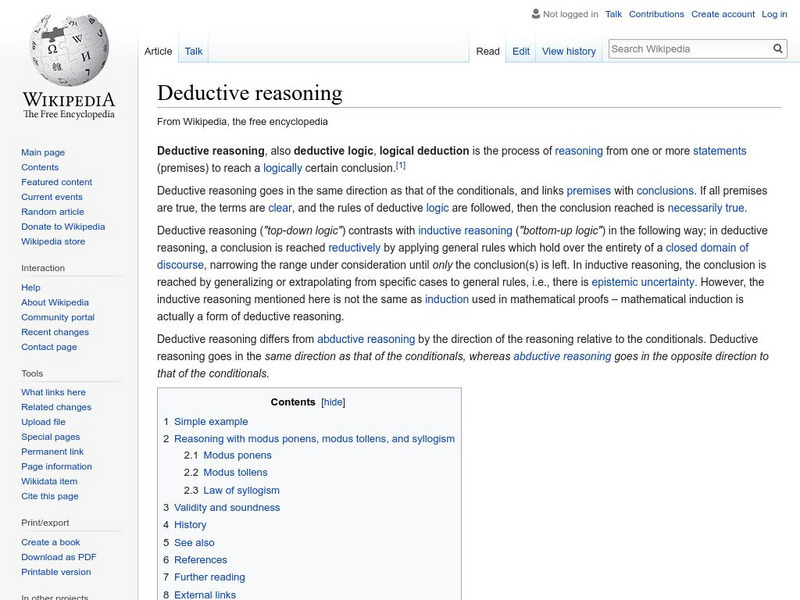Curriculum Corner
7th Grade ELA "I Can" Statement Posters
Help your seventh graders relate the ELA Common Core standards to their own learning with these "I Can" statement posters. Each standard has been translated into a statement that pupils can understand and placed on its own page for...
Curriculum Corner
7th Grade ELA Common Core Checklists
Track your class's progress on all of the ELA Common Core standards with these handy charts. Along the left side, each seventh grade identifier is listed along with the full text of the standard. As you teach, reteach, assess,...
Beth Kupper-Herr
Taking Notes
When you ask your students to take notes during class, do they really know what you mean? Are they taking the right kind of notes and using their time effectively? Make sure they are by offering this handout, a comprehensive guide...
Michigan State University
Gases Matter
Young scientists learn that seeing isn't necessarily believing when it comes to the states of matter. After performing a fun class demonstration that models the difference between solids, liquids, and gases, children complete a series of...
The New York Times
Collateral Damage? Researching a Connection Between Video Games and Violence
Hook your class into an exploration of and discussion about violence in video games with a cute animal clip and a video game trailer. After a quick discussion about how media can affect mood, class members read a related article and...
Student Handouts
Debate Notes Worksheet
Whether your young orators are preparing for an in-class debate, or you are presenting a video of a debate to your class, this is an easy-to-use template that will help them organize the major arguments of each debate position, as well...
Curated OER
Claudette Colvin: Twice Toward Justice
Use the historical account of Claudette Colvin to study civil rights and connect past injustices to modern issues. As learners read, they examine chapter titles, record quotes, and participate in discussion. Next, they research...
Curated OER
Search Warranted?
Young readers work on evaluating claims in a piece of informational text with the article "In New York, It's Open Bag or Find Exits" from the New York Times. They analyze current search procedures implemented to fight terrorism...
Other
Center for Nonverbal Studies
Delve into the world of nonverbal cues. Learn about Adam's-Apple jump and the zygomatic smile.
Other
The Critical Thinking Community: Tactical and Structural Recommendations
16 brilliant suggestions for creating critical thought in the classroom.
Polk Brothers Foundation Center for Urban Education at DePaul University
De Paul University: Center for Urban Education: Think Clearly: Analyze Support a Position[pdf]
This Center for Urban Education resource provides a downloadable worksheet. Students will read a nonfiction article and then write about scaffolded prompts that will help them determine the strength of evidence presented in the argument.
National Science Teachers Association
Nsta: Science & Engineering Practices: Obtaining, Evaluating, Communication
This site from NSTA includes a progression of the Science and Engineering Practice for obtaining, evaluating, and communicating information. In addition, thereare performance expectations that make use science and engineering practices.
Sophia Learning
Sophia: Argumentative Essays
This tutorial focuses on argumentative essays, longer writings on a well-researched topic with the writer arguing one side of the topic, free of fallacies, and providing several claims. A short YouTube clip of Monty Python shows the...
CPALMS
Cpalms: Lafs.8.sl.1.3
Choose from among lesson plans, assessments, and original student tutorials to teach how to analyze a speaker's arguments.
Houghton Mifflin Harcourt
Holt, Rinehart and Winston: Writer's Model: Cause and Effect Essay
This three-page essay provides an example of an cause and effect essay. Clicking on the "Writer's Guide" link in the upper right-hand corner of the page enables the user to get tips, directions, and explanations on the essay.
Houghton Mifflin Harcourt
Holt, Rinehart and Winston: Writer's Model: Persuasive Essay Example 2
This four-page essay provides an example of a persuasive essay. Clicking on the "Writer's Guide" link in the upper right-hand corner of the page enables the user to get tips, directions, and explanations on the essay.
Capital Community College Foundation
Guide to Grammar and Writing: Cause and Effect
Capital Community College gives excellent overview, assistance, and examples of using cause and effect in writing and composition.
FNO Press
Fno.org: Inspired Investigations
An article at From Now On about how to help students do better research by changing the focus of research assignments and teaching students to ask essential questions. Some suggestions include using mind mapping, and using Inspiration to...
University of Washington
University of Washington: The Ear
The University of Washington offers a description of how the ear works, plus plenty of fascinating facts. Includes labeled diagram of the ear, sound clips of vocabulary words, and links to pages for further investigation.
University of California
University of Cal: Critical Thinking in an Online World
This article discusses why and how to encourage the development of critical thinking skills for students conducting research on the Web. The author even presents an overview of a project that you could adapt to your class.
Wikimedia
Wikipedia: Deductive Reasoning
This free encyclopedia site from Wikipedia gives a definition and examples of deductive reasoning. It also has links to related terms and topics.
TED Talks
Ted: Ted Ed: How Interpreters Juggle Two Languages at Once
Language is complex, and when abstract or nuanced concepts get lost in translation, the consequences may be catastrophic. Given the complexities of language and cultural exchange, how do these epic miscommunications not happen all the...
TED Talks
Ted: Ted Ed: How Miscommunication Happens (And How to Avoid It)
Katherine Hampsten describes why miscommunication occurs so frequently, and how we can minimize frustration while expressing ourselves better. [4:32]
Curated OER
Mc Graw Hill: Part 2 Reading: Informational Text: Evaluate Arguments and Claims
This article will help you evaluate informational text to determine whether an author's argument is supported by evidence or not. Click on Model to see a model with explanations and then click on Practice.












![De Paul University: Center for Urban Education: Think Clearly: Analyze Support a Position[pdf] Graphic De Paul University: Center for Urban Education: Think Clearly: Analyze Support a Position[pdf] Graphic](https://d15y2dacu3jp90.cloudfront.net/images/attachment_defaults/resource/large/FPO-knovation.png)












